To enjoy the blossom of beautiful lilies, it is not necessary to be the owner of the cottage or a household site. These wonderful flowers can be grown at home, fortunately, many cultural varieties have quite compact sizes. How to grow homemade lily, we will tell in this article.
Planting culture
There are a lot of varieties of lilies that can be grown in pots. Oriental and Asian hybrids, golden, dwarf, royal and beautiful lilies are suitable for such purposes. Plants from the amarylline family, the flowers of which are very similar to lilies, amateur flower dilution on their windowsills most often. One of the popular varieties is the so-called Amazonian homemade lily, which has beautiful white buds and a gentle aroma.
Successful cultivation of lilies largely depends on the choice of planting material. The bulbs of culture are preferably acquired in autumn, and during the purchase, their appearance should be paid to their appearance. A healthy bulb looks smooth and dense, does not have brown scales. If you bought bulk with brownie stains, in front of the landing, immerse them in a 0.3% carbofos solution for about half an hour. Please note that even a healthy planting material is made to disinfect by manganese solution.
Growing Lily as a home flower, plan her into a large and deep pot, the diameter of which will be at least 15 cm. Culture does not like stagnation of water and too wet soil, so do not forget to make quality drainage for her. To do this, put small stones or clamzit on the bottom of the container, cover with a 5-centimeter soil layer mixed with sand. It is desirable that the soil is nutritious and saturated fertilizers.
Having deepened in the ground to the ground, her roots gently spread, after which they add more soil and slightly tamper it. The bulb should be discharge of about half of its height. After that, the container is placed in a cool, but well-lit place, for example, on the windowsill. Growing Amazonian or any other lily at home, periodically monitors soil moisturizes, observing moderate watering.
When the bulb leaves the sprouts, and this should happen approximately in March, the flower is rearranged into the most illuminated room, preferably on the window that goes to the south-west side of the house. So that the plant did not suffer from lack of air, the window is left constantly open. In the summer, the pot hold on the balcony, and the stem is tied up to the support.
In the period of bootonization, watering lilies are rapidly, but they try not to pour the soil too much, because the plant does not like excessive moisture.
With the end of flowering, the bulbs go in the period of rest, and the entire above-ground part of the plant dies. At this time, the container can be rearranged into a cool place, for example, in a cellar or storage room, and leave it to spring, only periodically checking the humidity level of the soil.
How to care for homemade lily in the period of growth
So that the lily in the pot grow rapidly and developed well, she needs regular feeding and the right watering. Fertilize the plant every week using mineral complexes. You can also alternate mineral formulations with organic feeding. Before the stems appear buds, lilies irrigate the growth stimulator with a solution of approximately every 2 weeks. Thanks to this procedure, flower buds will develop faster.
One of the conditions for home-bottomed lilies is the regular loosening of the soil around the stems, which makes it possible to provide oxygen access to roots. Swimming is carried out to a depth of 6 cm, so as not to hook the roots and not damage them.
When the home lilia in the pot reaches a height of about 10-12 cm, it is transferred to open air, for example, on a veranda or balcony. But so that the flower does not die, it must be hardening before it. The first time Lily leaves on the balcony for 30 minutes, every day I extend this time for 15-20 minutes. If at night the air temperature drops below 12 ° C, the plant is necessarily introduced into a warm room.
So that the foliage grew faster, the culture is irrigated from the pulverizer. This procedure can be carried out daily, but the plant should be hidden from sunlight. If there are too many buds on one stem, it is tested for a support, so that the branch is not broken under its own weight.
Another obligatory condition for homemade lilies is considered to be their correct watering. It is important to follow, so that the soil in the pots did not save, but also not allow water stagnation. Watering is made to exercise once every 3-4 days, while it is desirable to use soft water. It should be boiled or simply accumulated, also suits rain or thawed water.
Caring for lily at home after flowering
After the end of the flowering period, the above-ground part of the plants gradually devies, and the bulbs go to the state of rest. Unlike the lilies grown in the garden, the home plant has no need to cut the yellowed stems. At this time, you should simply reduce the amount of irrigation and increase the intervals between them up to 1 week. Straw irrigation should also be stopped. After that, all nutrients from the green parts of the culture will go into the bulb. As soon as the stalks are dry completely, the watering should be terminated completely.
For the winter, the bulbs can be hidden for storage in a plastic bag filled with moss or wet sawdust. This package is placed in the cold, for example, in the refrigerator either in the basement. The main thing is that the temperature is maintained there at 4-6 ° C.
Room Lilies Transplanting
Lily at home can be grown from seeds, but a bulb is considered the most simple and acceptable. Every year the bulbs need to transplanted into a pot with a new soil, since the former soil has time to exhausted.
An important stage of landing lilies at home is the preparation of bulbs. I dug out of the ground, they are cleaned of soil and washed, then they move and separate the smallest bulbs. They are planted in seating containers and germinate during the winter.
Large bulbs carefully examine on the subject of rot and damage. Digitable areas are cut and disinfect with these places with charcoal or ash. Then the planting material is soaked in a solution of mangalls for half an hour, removed and dried on a towel. Dish bulbs hide in a cold place.
Lily landing for the new season spend approximately at the end of February or in early March.
Causes of lack of flowering and yellowing foliage
Sometimes the room lily does not produce buds, and this may be several reasons:
- The flower does not receive a sufficient amount of nutrients. In this case, you need to increase the number of feeding.
- The plant is not enough moisture for normal growth and formation of buds.
- Lily does not have fresh air or indoors not enough lighting. In this case, the plant should be rearranged on a more illuminated windowsill and provide good ventilation.
- Culture may not give blossoms due to the fact that it was planted in too much pot. In such a situation, the plant actively forms new bulbs and does not produce buds.
In room lilies often arises such a problem as the yellowing of leaves and stems. You can observe this phenomenon in several cases:
- With the arrival of autumn, the green mass of the plant begins to fade and turn yellowing, which is completely normal.
- Incorrect irrigation, in which solar burns remain on the foliage, leads to its yellowing. Lilies wipe only in the evening or morning, or to transfer the pot into the shadow.
- Too dry surrounding air can also cause a similar phenomenon.
- The yellowing of the leaves and stems can cause a lack of nutrients, especially the shortage of potassium and iron. In this case, the plant should be immediately filled with a suitable mineral complex.
Diseases and pests of homemade lily
Domestic varieties of lilies are susceptible to viral attacks and fungal diseases. Fungal lesions most often arise in cases where the plant suffers from the overaffect of moisture and the lack of the sun. The most common disease is considered gray rot. In a similar situation on the foliage and stems of culture, spots of gray mold are formed. If you have noticed this, all the affected areas of the plant must be cut and burn, and the rest of the parts are sprayed with a solution of copper sulphate.
Bulb lilies can affect the so-called soft rot. With this disease, dark watery spots appear on flakes of bulbs, the bulbs themselves become soft and mold. If the rhizomes are damaged not completely, they can be saved. For this, the bulbs are digging out of the soil, processed with a thick coal, mixed with gray, then immersed for 50 minutes into the Rogo solution, after which they dried.
Buds and leaves of lilies are subject to such a disease like a mosaic. It leads to the appearance of elongated specks and subsequent leaf drying. Damaged plants need to immediately dig and burn.
Home Lilia, photo:

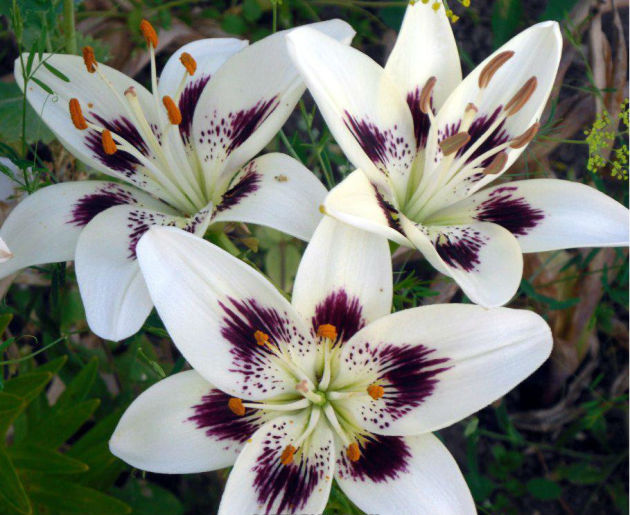
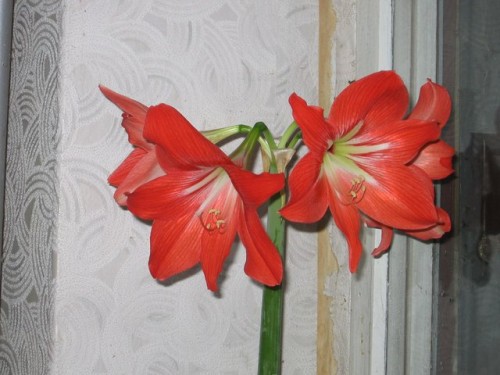
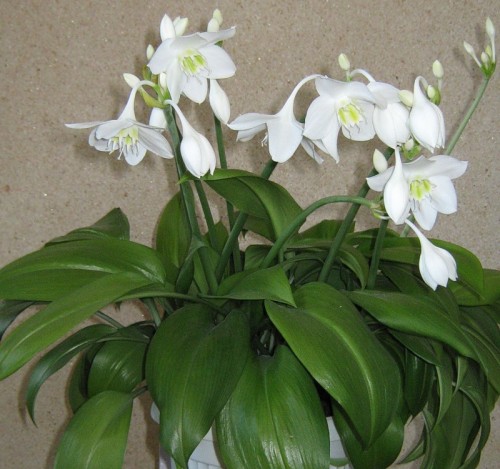
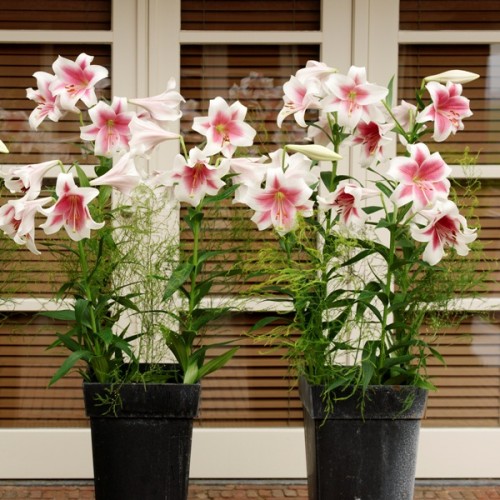
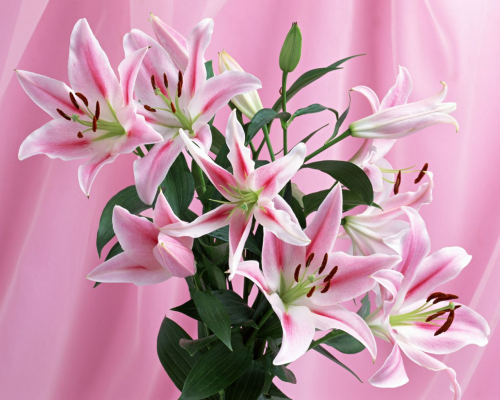
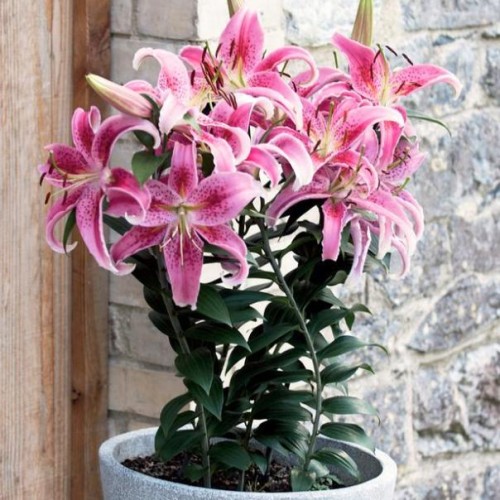
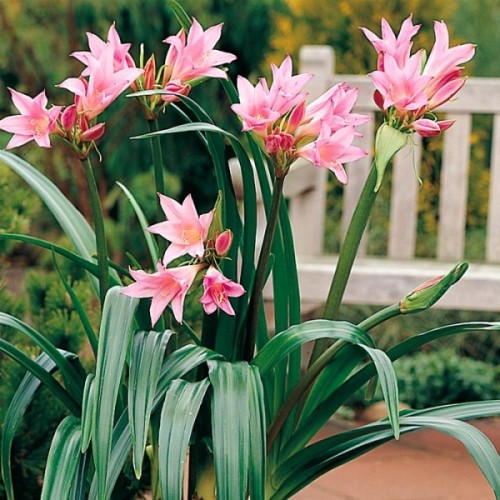
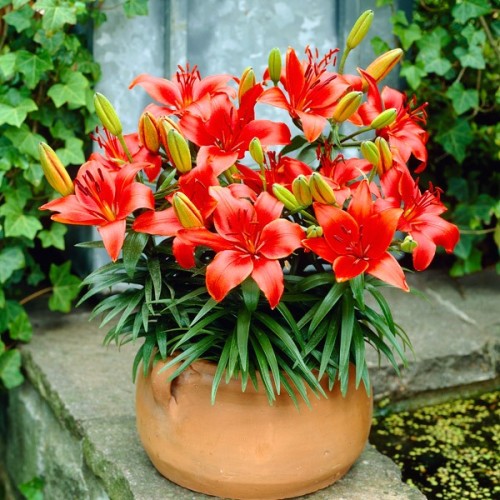
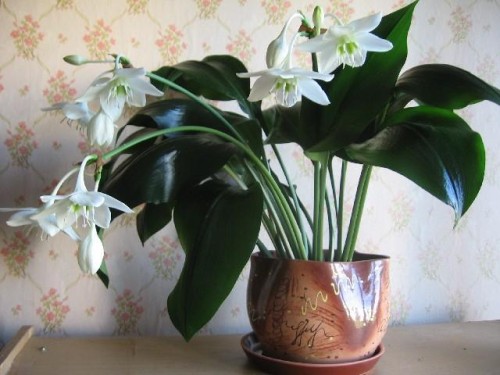
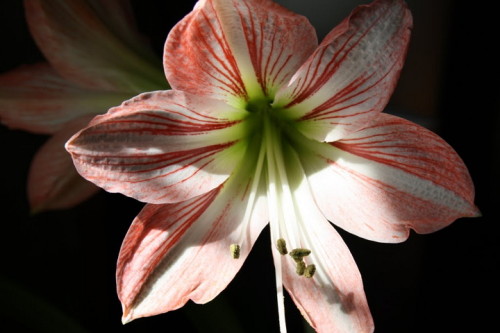












 Start a discussion ...
Start a discussion ...